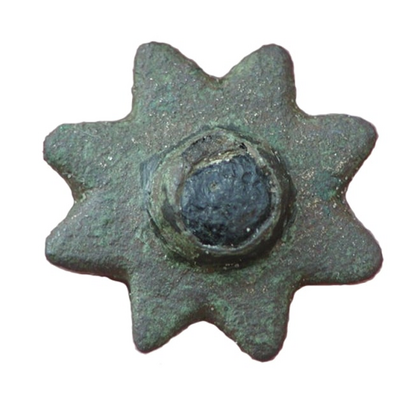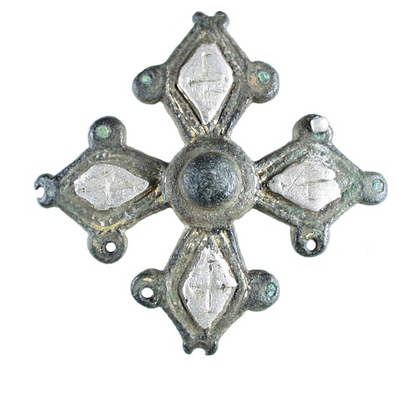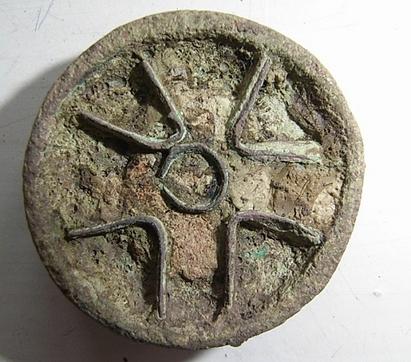Viking expeditions


The great sea expeditions of the Viking Age
The basis of the great sea expeditions undertaken by the Vikings was ship technology. The Viking ship was a piece of high technology based upon hundreds of years of development and experience. It was distinguished by its narrow keel and shallow draught. This made even the largest ocean-going warships suitable for sailing onto beaches and up rivers. Such tactics enabled, for example, the siege of Paris to be carried out in the year 885. The present-day French capital was in the Viking period a small, fortified town on the island Île de la Cité, in the middle of the Seine.
From the earliest Viking raids to peaceful trading
The first Viking expeditions were not very ambitious projects. They were quick, surprise raids with the purpose of enrichment, most often involving only a few ships. However, in the 800s the attacks changed character and whole invasion forces set sail in an organised way year after year from Scandinavia.
The Vikings were opportunists, who apart from plundering and acquiring slaves, often interfered in foreign political matters. There are many examples of Viking armies that functioned as mercenaries in the Frankish Empire and England, for example. These armies were well paid and could also be given land by local princes or kings in reward for their service.
The Vikings did not always set out with war in mind. Finds of large cargo ships and wealthy trading towns give a more nuanced picture of the period. It was a time in which trading in everything from slaves to silk and iron flourished. Finds of Arabic silver coins in Scandinavia and a small Buddha figure in Sweden testify to how distant the trading connections could be.
”Peaceful” Viking finds

Some Viking finds tell peaceful stories. Over 200 small bronze brooches have been found in Denmark, which were made in Europe and then brought back home. However, the brooches are not made of silver or gold, but of cheaper bronze instead. They were very popular in Europe, as the everyday jewellery of ordinary people.
Large numbers of these bronze brooches have been found in Denmark. This may be because they were brought back by Vikings as “souvenirs” from foreign travels. Another possible explanation might be that they were brought to Denmark and sold by foreign traders. These small and cheap brooches were not booty seized by the Vikings during raids. It is more likely that they bought them, and that the brooches are thus evidence of friendly trading contacts between the Vikings and their neighbours.

